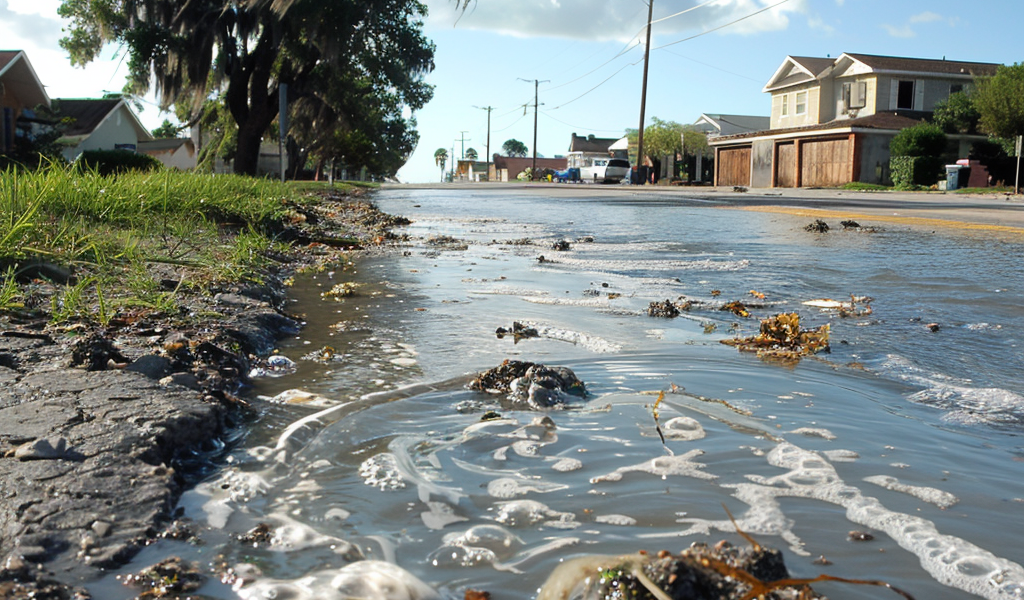A recent study from North Carolina State University has revealed that ‘sunny day flooding’ in coastal areas is leading to increased levels of fecal bacteria in the waters. This phenomenon, which occurs during high tides, poses potential risks to public health, according to the researchers.
Natalie Nelson, an associate professor of biological and agricultural engineering at NC State University, explained that while traditionally, fecal bacteria contamination in coastal waters is linked to rainfall washing contaminants into the water, the study focused on the impact of sunny day floods caused by rising sea levels.
During the research, water samples were collected daily over two summer months at three sites along a waterway in coastal North Carolina. The study coincided with two perigean spring tides, characterized by significant high and low tides due to the moon’s gravitational pull. Additional samples were taken during the high-water levels of these tides, including floodwaters that emerged from local storm drains.
The results indicated that the floodwaters contained elevated levels of fecal bacteria, even though the flooding was minimal, with depths of only inches. Despite the minor nature of the floods, the detected levels of fecal bacteria exceeded safety thresholds for recreational waters, raising concerns about potential health risks, especially for children who may come into contact with the contaminated water.
The study underscores the need for policymakers and public health officials to consider the implications of sunny day flooding on coastal water quality. With sea levels on the rise, the frequency of such flooding events is expected to increase, necessitating proactive measures to mitigate the associated risks.
Overall, the findings highlight the complex relationship between tidal flooding, fecal bacteria contamination, and public health in coastal regions. By understanding and addressing these dynamics, stakeholders can work towards safeguarding the well-being of coastal communities and ecosystems.





